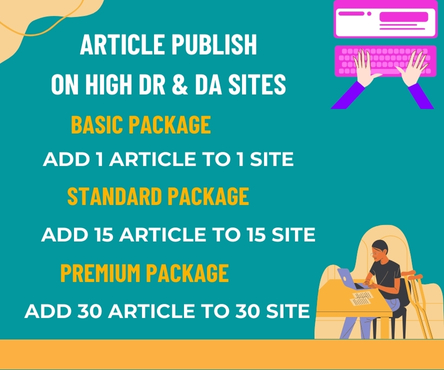For marketers and businesses aiming to leverage WhatsApp — the world’s most widely used messaging app — mastering bulk messaging is essential. In this blog, we’ll explore four key methods to send messages to multiple contacts, from the simplest to the most advanced, all with marketing goals in mind.
?? Important Note
Before you start your first WhatsApp bulk campaign, make sure your recipients are properly segmented and opted-in. Skipping this can result in ineffective campaigns or even penalties to your account. For more information, check our dedicated article on safe and compliant messaging practices on sendapp.live.
1. The “Forward” Feature – A Limited Option
WhatsApp allows users to forward messages from one chat to others. By selecting an existing message and tapping the “forward” icon, you can choose up to 5 recipients from your contacts list.
Why avoid this method for marketing:
- You can forward to only 5 contacts at a time
- Recipients see the “forwarded” label
- It lacks personalization and reduces the impact of your communication
This option might be fine for casual sharing, but it’s far from ideal for business marketing purposes.
2. WhatsApp Broadcast Lists – A Simple Yet Limited Tool
Broadcast Lists are an in-app feature that allows you to send a message to multiple contacts at once, as if it were a one-to-one message.
Advantages:
- Free and easy to use
- Ideal for reaching contacts who saved your number
- Messages appear as direct chats
Limitations:
- Maximum 256 contacts per list
- Only recipients who saved your number will receive the message
- No message personalization (e.g., using the recipient’s name)
Also, Broadcast Lists require manual setup and are currently not usable on WhatsApp Web.
For more on using WhatsApp Broadcast for marketing, explore our complete guide on sendapp.live.
3. WhatsApp Bulk Messaging via Unofficial Tools
This method involves software that mimics WhatsApp Web, allowing bulk messaging through a connected interface after scanning a QR code with your WhatsApp account.
Advantages:
- Reach contacts even if they haven’t saved your number
- Use dynamic fields for personalized messages
- Continue using WhatsApp on your phone
Drawbacks:
- Can be complex to set up and use
- Most tools are not cloud-based
- CSV uploads required for every campaign
Sendapp offers a solution that eliminates these issues. With Sendapp Cloud, you can:
- Send messages from any device
- Use Google Sheets to manage lists
- Automate campaigns 24/7 in the cloud
- Track delivery and engagement
Visit the Sendapp Cloud page to learn more.
4. Official WhatsApp API – Professional and Scalable
For large enterprises or those with dedicated marketing teams, the WhatsApp Business API offers powerful messaging capabilities at scale.
Key benefits:
- Officially supported by Meta (WhatsApp)
- Higher trust and lower ban risk
- Rich media support and interactive buttons
- Access to detailed analytics and reports
However:
- Requires technical knowledge and setup
- Costs per message apply
- Cannot use the same number on your phone
With Sendapp API, you gain access to a complete, compliant and scalable messaging infrastructure. It’s ideal for CRMs, appointment reminders, order updates, and customer support automation.
Conclusion: Which Method Is Right for You?
Let’s recap:
- Forwarding – Not suitable for marketing
- Broadcast Lists – Simple but limited
- Unofficial Tools – More flexible but require caution
- Official API – Professional and robust
Your best option depends on your contact base, technical skills, marketing goals, and budget. Whether you’re a startup or an enterprise, Sendapp provides the right tools to execute your WhatsApp marketing strategy efficiently and safely.
Ready to Improve Your WhatsApp Marketing?
Take our free WhatsTest on sendapp.live to evaluate your current setup and discover how to optimize your communication flow. You’ll receive expert feedback and tips customized to your business in less than 2 hours.
?? Discover more articles, tutorials and resources on sendapp.live/blog

